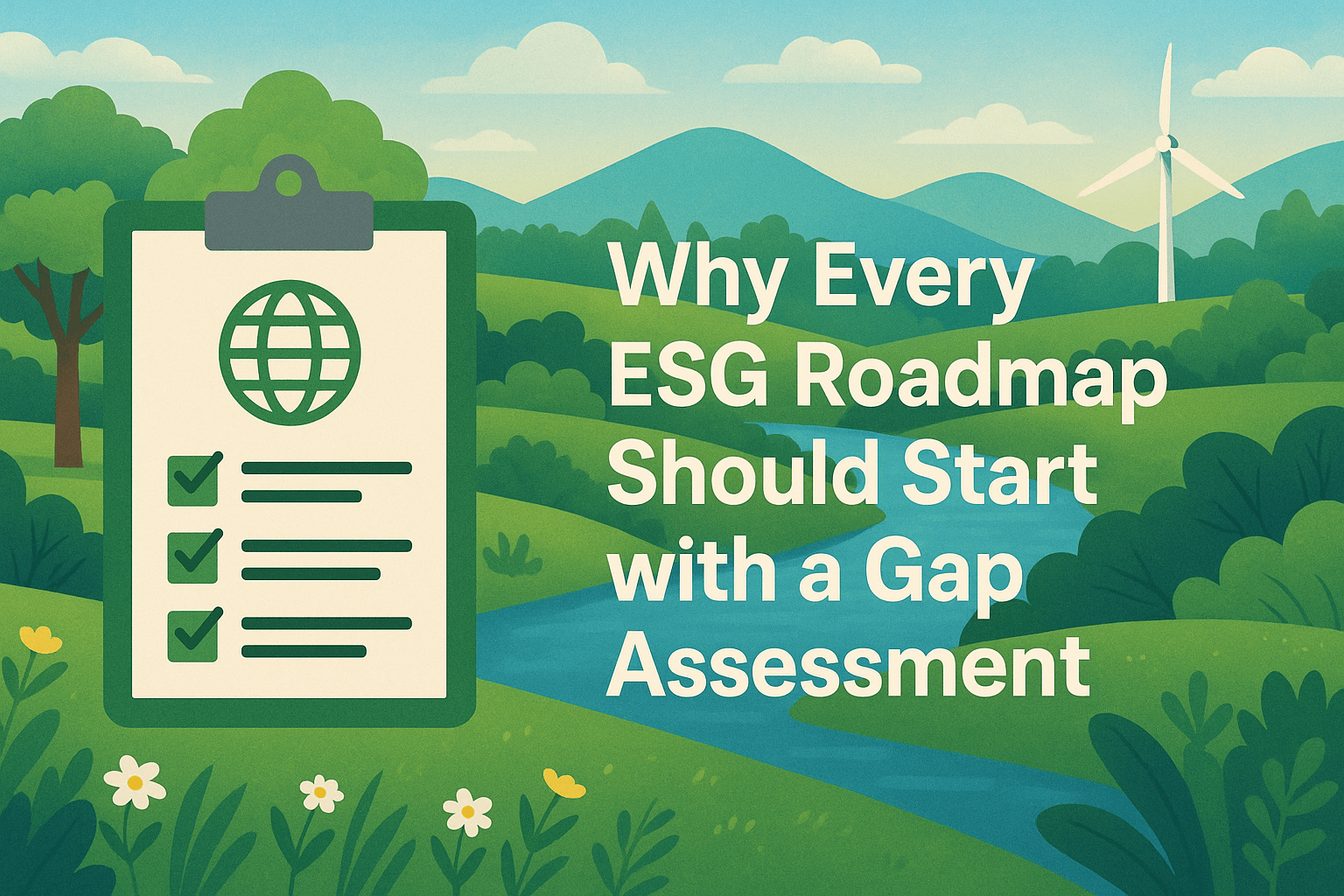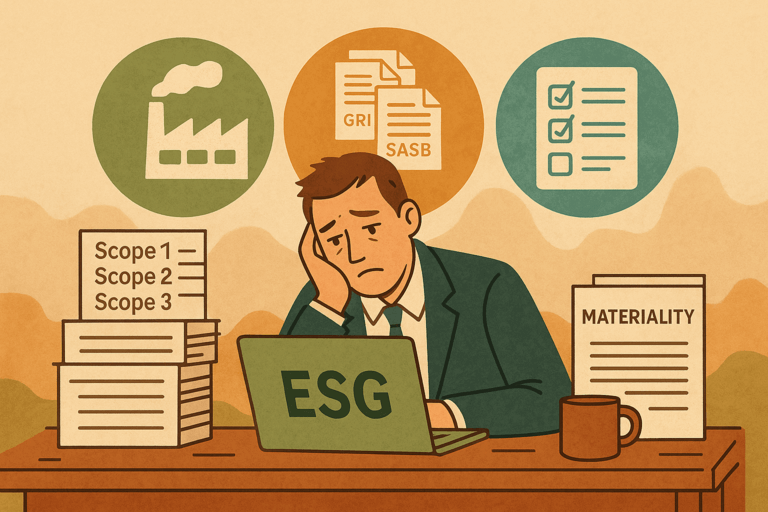Our Blog
Providing insights on sustainability reporting, carbon accounting, and environmental regulations.

Why Every ESG Roadmap Should Start with a Gap Assessment
An ESG gap assessment compares the ESG disclosures, strategies, and governance of a company to the best practices around …

Top 6 Reasons Why ESG Reporting is Tiring Out Professionals
Environmental, Social, and Governance (ESG) reporting has evolved from optional to essential. While companies work to dem…

The Ultimate Guide to Economic Sustainability
Economic sustainability is critical for long-term prosperity. It ensures resources are not depleted and the environment i…

Scope 3 Categories and Emission Calculation: A Comprehensive Guide
Scope 3 emissions, encompassing a company's indirect supply chain impacts, are often the largest source of greenhouse gas…

Demystifying Carbon Footprint Accounting for ESG Professionals
Carbon accounting involves measuring greenhouse gas emissions and removals resulting from human …

List of Emission Factors
Emission factors are essential coefficients used to quantify greenhouse gas (GHG) emissions a…

👷 Scope 3 explained
Scope 3 emissions are indirect greenhouse gases emitted throughout a company's value chain. They …

🔌 Scope 2 Emissions Explained in Detail
Scope 2 emissions are indirect greenhouse gases (GHGs) emitted during the generation of elect…

🔄 Double counting in Scope 1, 2 & 3 emissions
The Greenhouse Gas (GHG) Protocol provides a framework for carbon accounting. It has become a widely adopted by companies…

🏭 Scope 1 emissions explained in detail
Scope 1 emissions represent the direct greenhouse gas emissions from sources that an organiza…

ESG Reporting Explained: A Guide to the Fundamentals
ESG reporting is increasingly vital for businesses, demanding transparency in environmental impact, social responsibility…